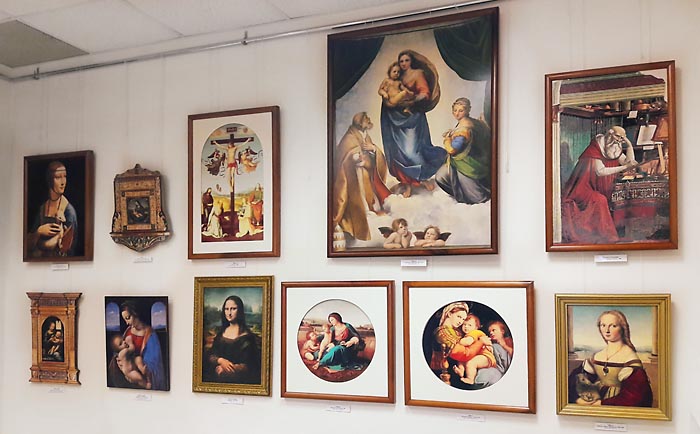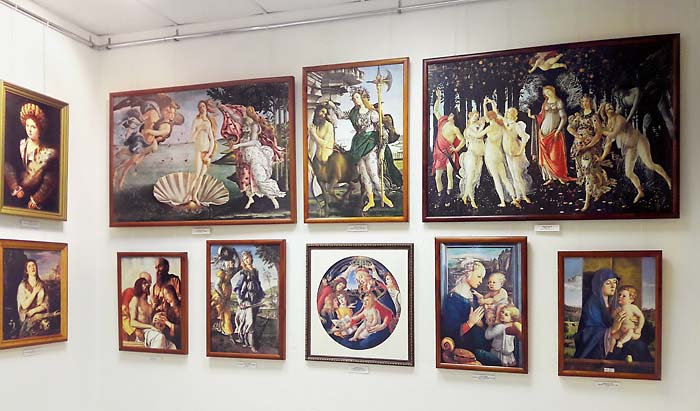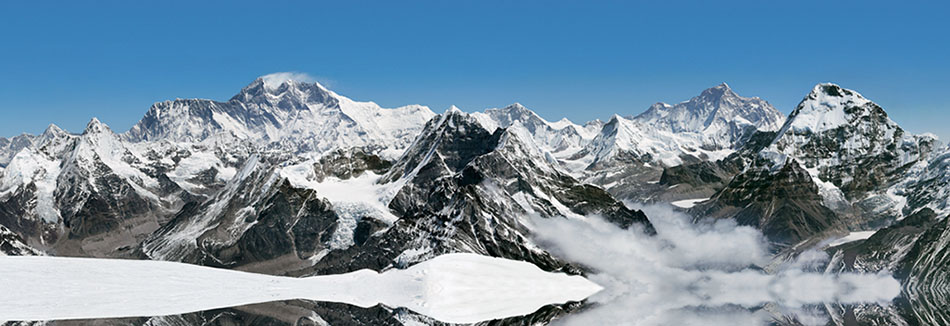Masters of painting of the italian Renaissance

The Renaissance, a rebirth, is a great period, an intellectual movement in the history of the European culture, and a crucial moment in the development of the Italian and world art as well; it is the end of the Middle Ages and the beginning of modern times. The Renaissance arose in Italy in the XIV century. That epoch favoured the development of an individual having diversified knowledge, in other words a Renaissance man. He was versed in the Humanities and Mathematics, applied his learning in the art, crafts, medicine, military science, athletics. He was eager to broaden the horizons of his knowledge that embraced the sphere of his geographical notions, too.
Humanism as a current of public thought originated in Italy in the XIV century and spread then to other countries of Europe. The man and his good were proclaimed to be the highest value of the world. It was the art where the ideas of humanism manifested in vivid and full measure. Now its main theme was a perfect and harmoniously developed person that possessed unlimited spiritual wealth and creative abilities. All main art forms, viz painting, graphics, sculpture, architecture, varied a lot from their old rules. Painting, for example, enriched itself with a linear and aerial perspective and also with knowledge of the anatomy and proportions of the human body. An earthy meaning started to appear in the traditionally religious topics of the works of arts. Now there was an interest in ancient mythology, history, genre art, portraits, and landscapes. Along with the monumental wall painting that adorned architectural structures, there appeared a picture and oil painting.
Cultural achievements of the Italian Renaissance are magnificent. This epoch gave the world a large number of distinguished people. Among them are the poet Dante Alighieri (1265-1321), the painter Giotto di Bondoni (1266-1336), the poet and humanist Francesco Petrarch (1304-1374), the poet, writer and humanist Giovanni Boccaccio (1313-1375), the painter Sandro Botticelli (1447-1510), the painter and scientist Leonardo da Vinci (1452-1519), the painter, sculptor and architect Michelangelo Buonarotti (1475-1564), the painter Raffaello Santi (1483-1520) and many other outstanding figures.

Giorgio Vasari (1512-1574), the author of the "Lives of the Most Excellent Painters, Sculptors and Architects", was the first to introduce the term Renaissance in 1550. He understood by it the revival of personality. Vasari pointed out that after a long period of decline and oblivion, some veil which had been obscuring the minds of the people went down and the people saw the true beauty. This is what he stated, УReal awakening and rebirth began in Tuscany. People, including artists, reverted to their natural state.
The creative individuality of the artist came to the foreground. The universal talent of the Renaissance masters is striking. They often worked in the field of architecture, sculpture, and painting and were at the same time keen on prose and verse, on philosophy and hard science. The Art became a common spiritual need. Works of art were notable for their lofty style, poetical beauty and an aspiration for perfectness and naturalness as distinct from pettiness of daily routine.
The main cultural centres of the Renaissance were the cities of Florence, Siena, Pisa, then also Ferrara, Genoa, Milan and, in the second part of the XV century, the rich Venice famous for its merchant guild. Rome played a great role at that time, too. It is generally agreed to single out several periods in the Italian Renaissance: the Proto-Renaissance (the second half of the XIII century through the XIV century), the Early Renaissance (the XV century), the High Renaissance (the close of the XV century Ц the first decade of the XVI century), the Later Renaissance (the last two thirds of the XVI century).
